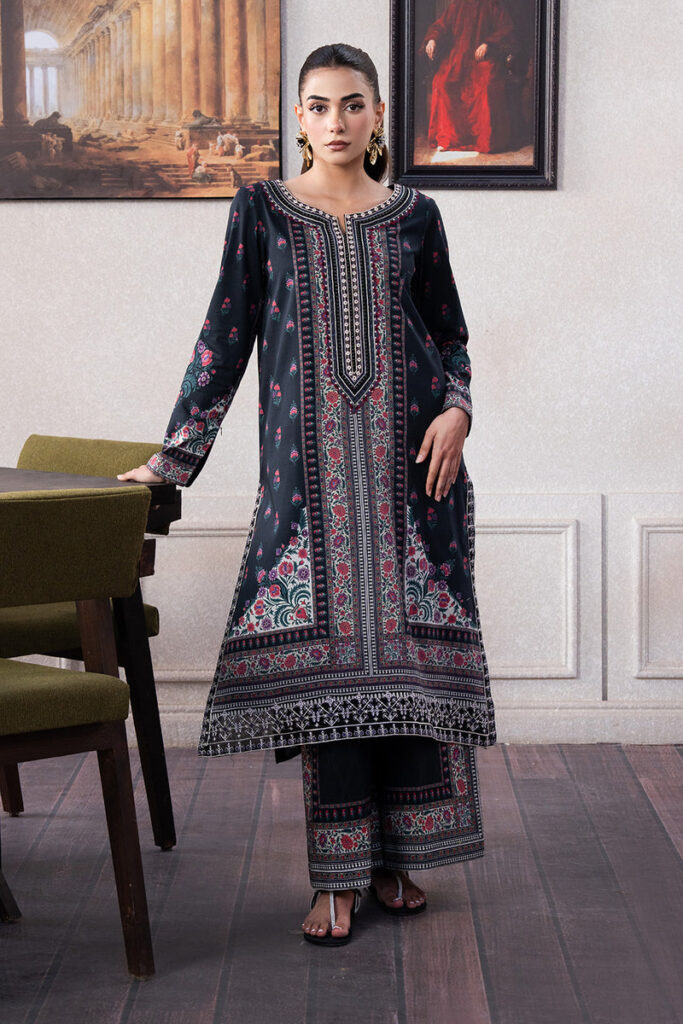Since its inception in 1969, Comme des Garçons has stood as a beacon of innovation, challenging fashion norms and reshaping the industry’s approach to design. With its roots in Tokyo, the brand, led by the enigmatic Rei Kawakubo, has become synonymous with a bold avant-garde aesthetic that defies categorization. This article explores the foundational elements of Comme des Garçons’ unique vision.
The Origins of Comme des Garçons
Founded by Rei Kawakubo, a former art student,https://comme-des-garcon.shop/ began in Tokyo as an expression of rebellion against traditional beauty and fashion standards. In Japanese, “Comme des Garçons” translates to “like boys,” a name that signals its unisex and androgynous appeal. Kawakubo’s early work leaned toward asymmetry, deconstruction, and unconventional silhouettes that quickly set the brand apart.
Rei Kawakubo: The Visionary Behind the Brand
Rei Kawakubo’s role as both designer and artistic director of Comme des Garçons has made her one of the most influential figures in fashion. Often described as enigmatic and mysterious, Kawakubo rarely discusses her work directly, letting her designs speak for themselves. Her philosophy challenges the notion of beauty, embracing imperfection and questioning societal norms. Her reluctance to follow fashion trends has made her a true visionary.
The Power of Deconstruction in Fashion
Comme des Garçons is perhaps best known for pioneering deconstruction in fashion, a method of creating clothes that look unfinished or unpolished. Kawakubo’s approach often involves exposing seams, leaving hems raw, or creating clothing that appears torn or incomplete . This deconstructed aesthetic has influenced countless designers and shifted the way people think about garment construction and “finished” fashion.
Androgyny and Gender Fluidity
One of the brand’s most enduring themes is its exploration of gender. Comme des Garçons has continuously blurred the lines between masculine and feminine, crafting pieces that transcend traditional gender norms. This approach reflects Kawakubo’s belief in fashion as a space where people can redefine themselves without the constraints of societal expectations.
Pioneering Black in Fashion
In the early 1980s, Kawakubo’s extensive use of black and other muted colors was seen as revolutionary. Her monochromatic collections, often dubbed “anti-fashion” at the time, stood in stark contrast to the colorful, flashy styles popular in Western fashion. This focus on black allowed the audience to appreciate the forms, textures, and ideas behind each piece, redefining elegance through minimalism and austerity.
Embracing Imperfection: The Wabi-Sabi Philosophy
Rei Kawakubo’s designs often reflect the Japanese philosophy of wabi-sabi, which celebrates imperfection, impermanence, and incompleteness. By incorporating these principles, Comme des Garçons has embraced asymmetry, rough edges, and an overall aesthetic of “unfinished beauty.” This approach encourages viewers to see beauty beyond the conventional and embrace the unexpected.
The Influence of Art and Architecture
Kawakubo has drawn inspiration from various art forms and movements, particularly modern art and avant-garde architecture. Comme des Garçons collections often resemble abstract sculptures, with architectural silhouettes that challenge traditional ideas of shape and space in fashion. Her designs encourage viewers to see clothing as wearable art rather than simply functional attire.
Collaborations with Other Visionaries
Comme des Garçons has a long history of collaborating with other brands and artists, from Louis Vuitton to Supreme. These collaborations bring a fresh perspective to the brand and allow it to reach a broader audience while maintaining its avant-garde edge. Each partnership merges Kawakubo’s vision with the unique style of the collaborator, creating pieces that are both innovative and highly sought after.
The Comme des Garçons Experience: Retail Spaces as Art Installations
Comme des Garçons’ retail stores are designed to be immersive experiences that reflect the brand’s aesthetic philosophy. Rather than traditional boutiques, the stores often resemble art installations with minimalist design, unconventional layouts, and avant-garde decor. Each store is unique, providing shoppers with a sense of entering a curated art space rather than a commercial retail setting.
Comme des Garçons’ Legacy and Influence
Comme des Garçons has influenced generations of designers, artists, and fashion enthusiasts. Its fearless approach to breaking down and rebuilding fashion has inspired designers like Martin Margiela, Yohji Yamamoto, and Helmut Lang. The brand’s legacy is one of pushing boundaries, challenging norms, and redefining elegance through a radical and experimental lens.
Conclusion:
Comme des Garçons has carved out a unique place in the fashion world, not just as a brand but as a movement that has reshaped the way people understand and appreciate fashion. Through Rei Kawakubo’s radical vision, the brand continues to explore new ideas, challenging conventions and inviting audiences to view fashion as an art form. With its unyielding commitment to creativity, Comme des Garçons remains a symbol of radical elegance and a testament to the power of visionary design









